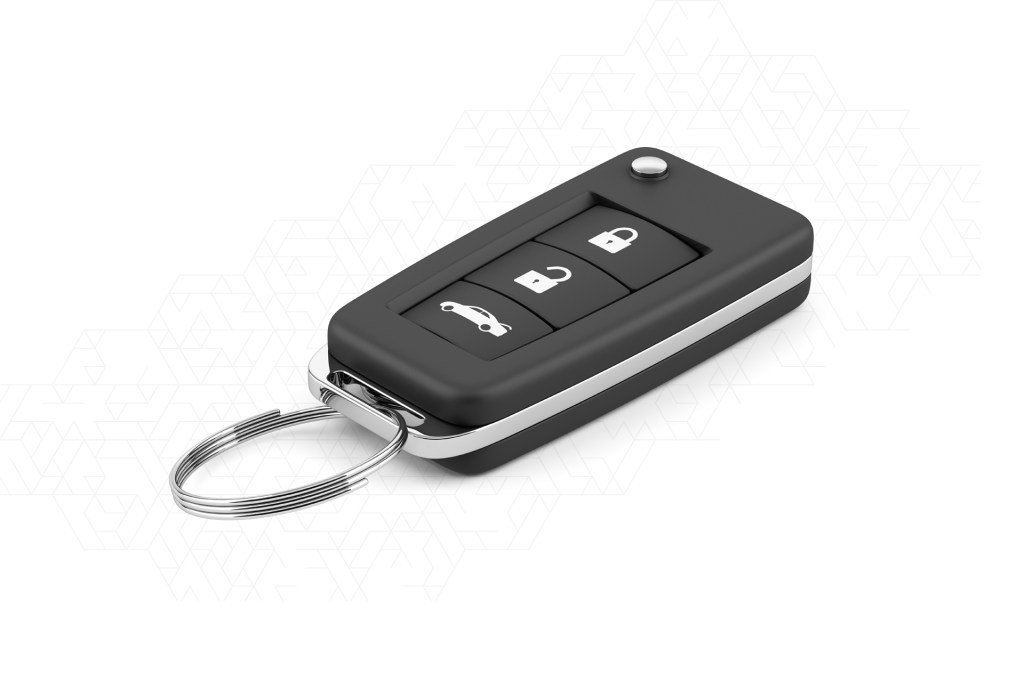Purchasing a car is a big deal for most households. But when financing that purchase—a common choice for US consumers—things can get complicated. Numerous financing options make it easy to encounter unexpected costs and other surprises. Even financially savvy consumers can find it challenging to navigate the ins and outs of the auto finance market.
In this guide, we’ll delve into the world of auto loans, exploring the types of dealers and lenders and highlighting potential risks to be aware of—and avoid when possible.
Types of auto dealers
When it comes to auto dealers, there are three types: Franchise, Independent, and Buy Here, Pay Here (BHPH).

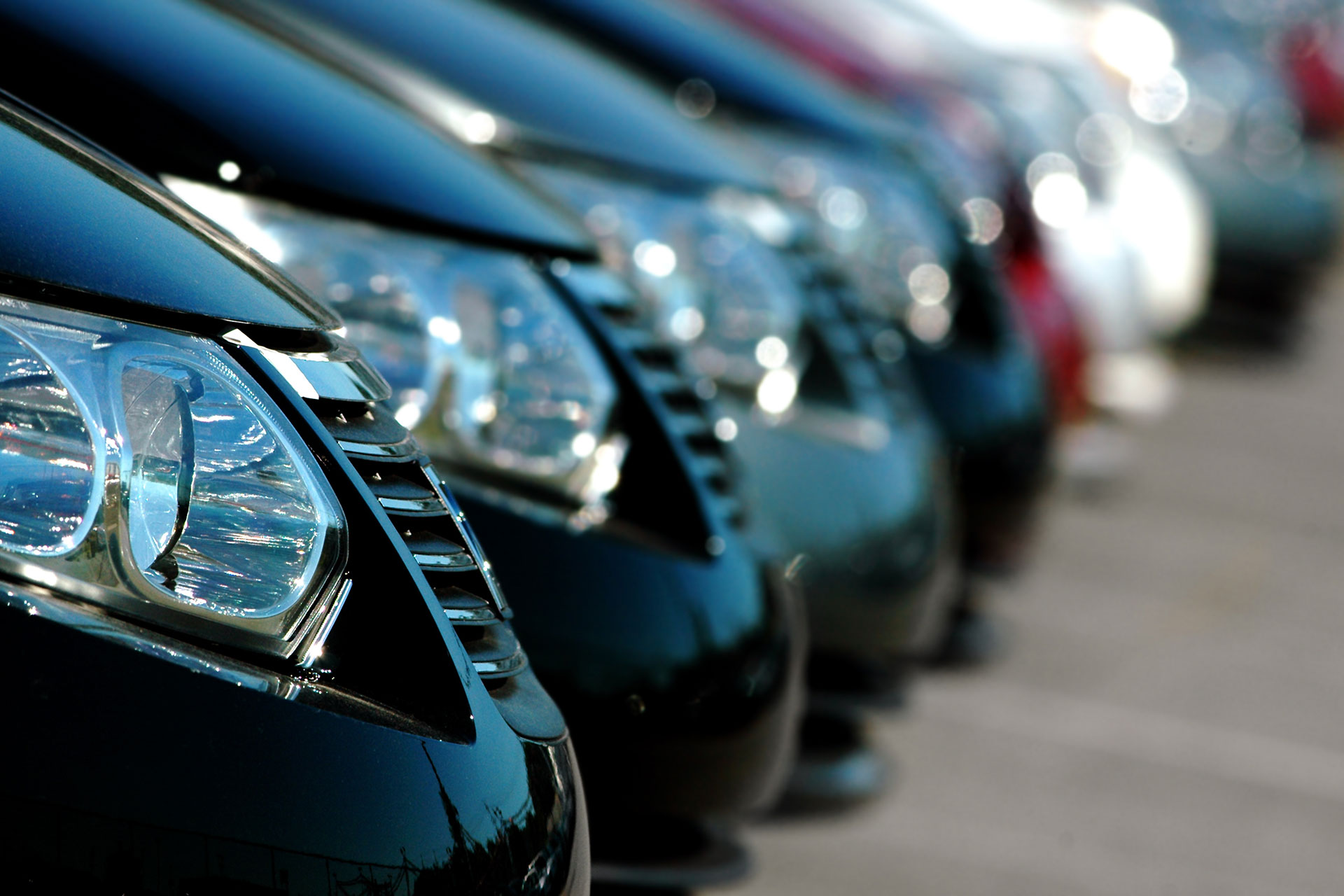
Franchise dealers are associated with a vehicle brand and sell that brand’s new vehicles. Some of these dealers also sell vehicles from other brands.
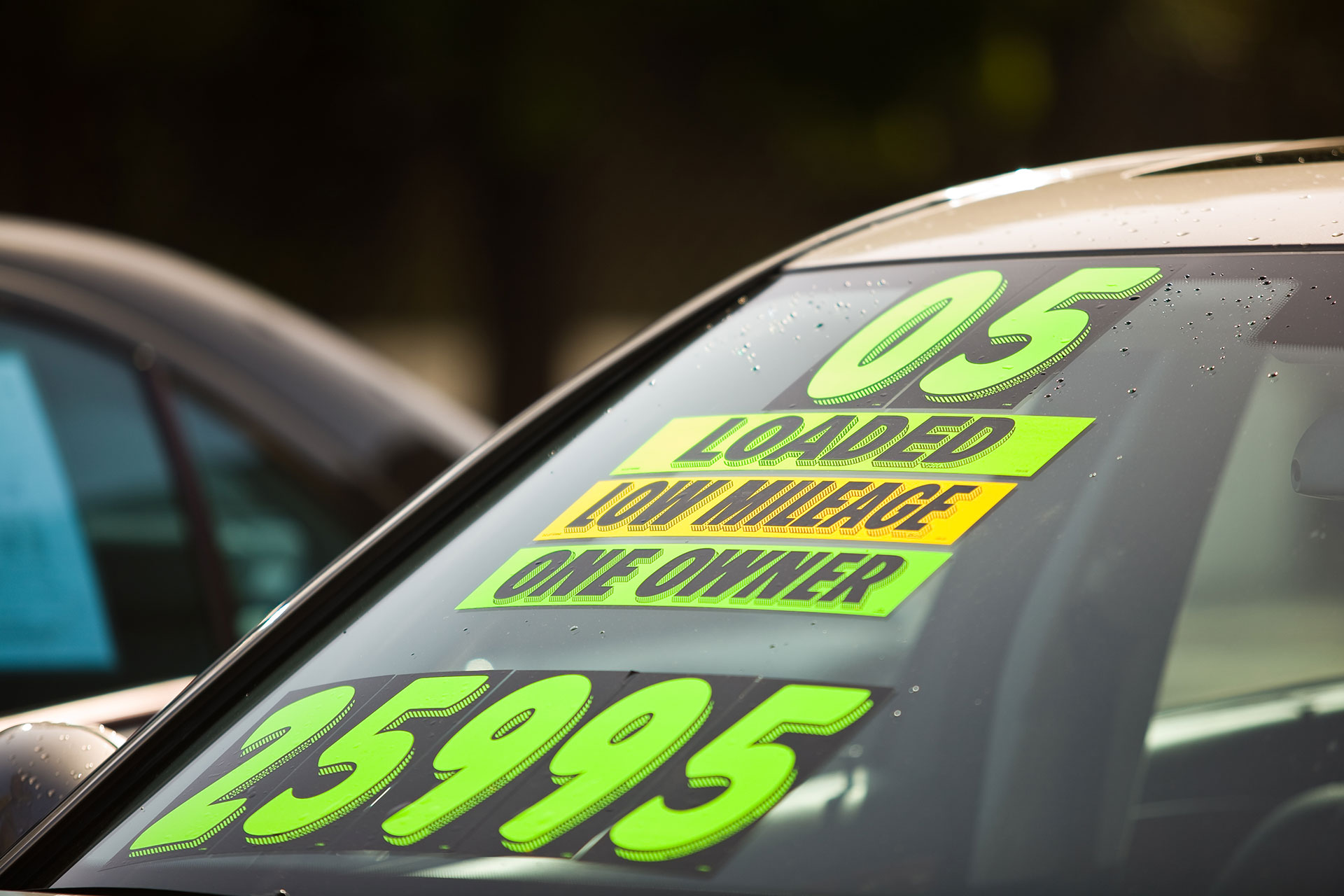
Independent dealers sell used vehicles from a variety of brands. These dealers include national companies, small single-location dealerships, and online dealerships.
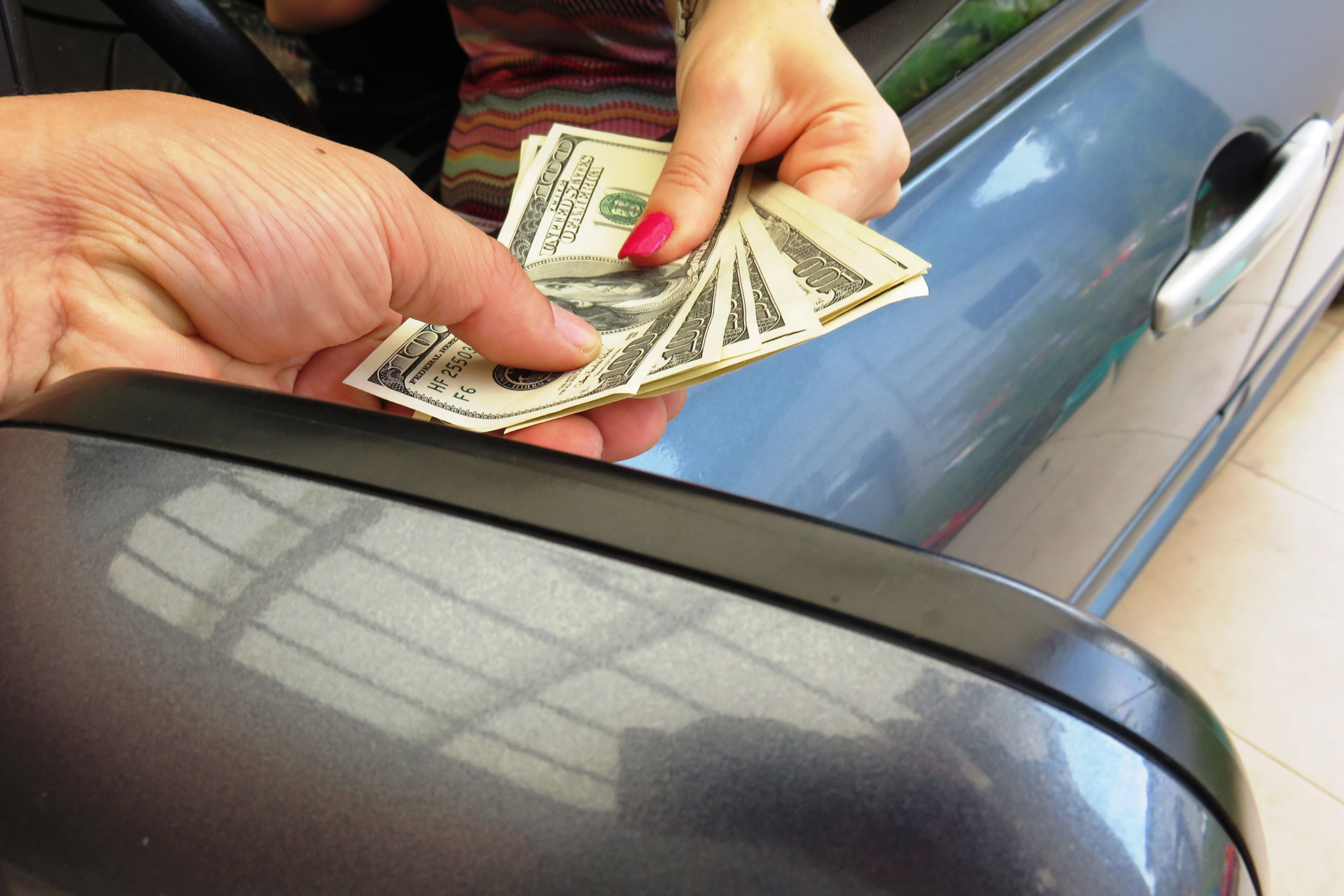
Buy Here, Pay Here (BHPH) dealers both sell vehicles and provide financing for those purchases. They typically cater to borrowers with low or no credit scores.
Types of lenders in the marketplace
The following four types of credit providers each accounted for about a quarter of all auto loans in 2023: banks, credit unions, captive finance companies (that is, those affiliated with car brands), and independent finance companies.
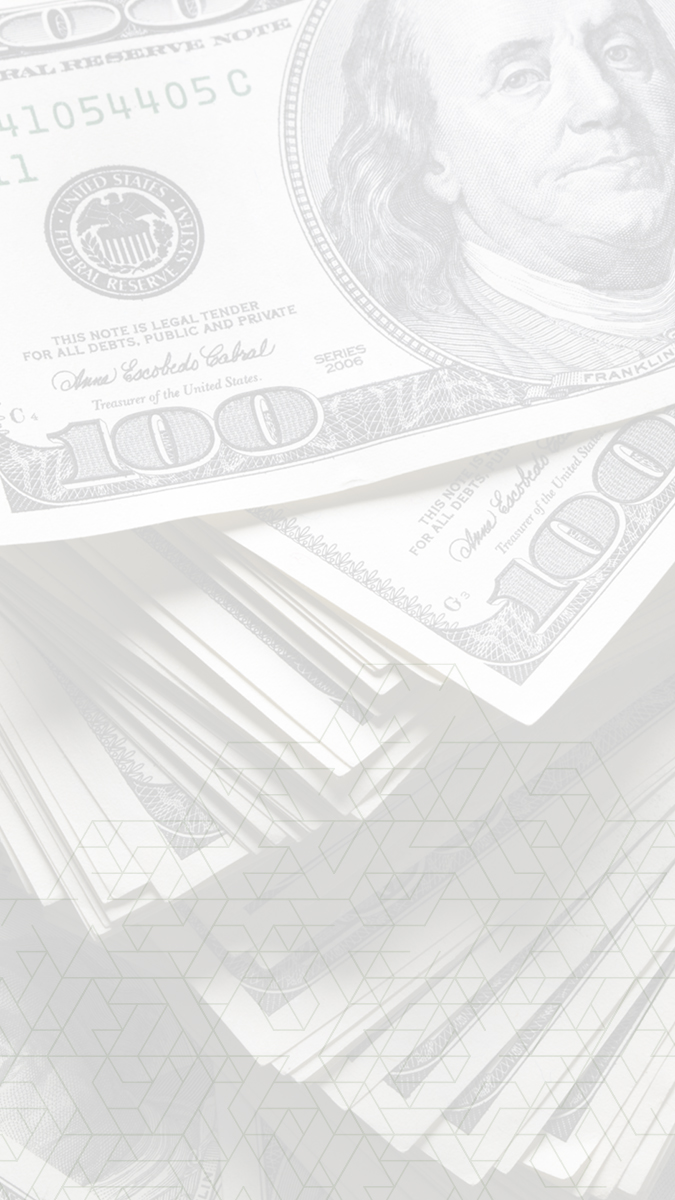

Banks serve consumers with a range of credit scores, though they tend to offer auto loans to consumers with higher credit scores.

Credit unions also serve consumers with a range of credit scores, but are more likely to provide auto loans to consumers with higher scores.

Captive finance companies primarily provide loans for their own brand of vehicles. They may also finance other car brands. Like banks and credit unions, captive finance companies lend to consumers with a range of credit scores, but more often approve those with higher credit scores.

Independent finance companies, which include BHPH, are not associated with a specific car brand. They serve consumers with a variety of credit scores, though they tend to offer loans to consumers with lower credit scores.
What loan types are available?
Two types of loans are available to consumers purchasing a car: direct and indirect.


With direct loans, the car buyer works directly with a lender (e.g. a bank or credit union). This process may involve:
- Applying for a loan with a lender of their choosing.
- Shopping around to secure the best deal. Consumers can apply for direct car loans with multiple lenders and choose the offer they like best.
- Applying for a loan either before or after they choose a vehicle to purchase.

With indirect loans, the car buyer applies through their auto dealer, who works with the lender on their behalf. This means the auto dealer, not the consumer:
- Shares the borrower’s credit information with one or more lenders.
- Receives loan offers with information about interest rates and other terms.
- Presents a loan offer of the dealer’s choosing to the customer.
In indirect auto lending, the dealer has no obligation to present the consumer with the lowest-cost loan offer available to them. Indirect auto lending also carries a little-understood cost: a dealer markup is added to the buy rate.
The buy rate is the interest rate the lender will charge based on the consumer’s credit score and other factors. The dealer markup is an additional amount of interest the lender allows the dealer to add to the buy rate for the dealer’s part in processing the loan.
What other factors should car buyers consider?
While buying a car is exciting, it’s essential to be aware of potential financing risks.


Longer loan terms typically increase the overall cost of borrowing over time. They may also increase the amount of time borrowers spend “underwater,” meaning they owe more on their loan than the car is worth.

Being underwater can be costly if a borrower decides to sell or trade in their vehicle (or totals their vehicle in an accident) before paying off their loan. They’ll likely have a balance, even after the money they get from selling their car (or from the insurance company), which they must pay out of pocket or finance as part of their next car loan.

Add-on products are optional products or services, like extended warranties and cosmetic upgrades. Consumers sometimes are charged for add-ons that they did not ask for or may not need. To avoid unexpected charges, it is important to always check the fine print on your vehicle purchase agreement (and financing documents) before signing.
Buying and financing a car involves lots of choices, from selecting the make and model of your next car to deciding on the dealer, lender, and loan terms. Best to go into it understanding the options and risks along the way.

For more information, check out Consumer & Community Context: Nuts and Bolts of Today’s Auto Finance Market, a publication of the Federal Reserve Board’s Division of Consumer and Community Affairs.
Related Federal Reserve resources: auto lending
- Evidence of Racial Discrimination in the $1.4 Trillion Auto Loan Market
- The Importance of Cars and Car Loans for People with Low and Moderate Incomes
- What Happened to Subprime Auto Loans During the Covid-19 Pandemic?
- Loans, Vehicles – Economy Data Series from FRED®
- Average Amount Financed for New Car Loans at Finance Companies – Economy Data Series from FRED®
- Credit Card and Auto Loan Delinquencies Continue Rising; Notably Among Younger Borrowers
- Just Released: Auto Loans in High Gear


